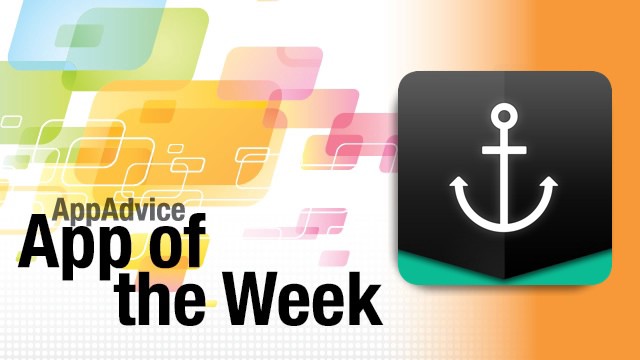
When Anchor first came out I got involved after 3 weeks of it being live and openly available to the public. Anchor was the new App and it quickly became my number one ‘Social Media’ platform. To give you reference, my last top Platform was Facebook which I joined in 2004 and have checked in with priority web usage since 2007 and no other has taken its top spot. Unfortunately, Anchor have decided to make a huge pivot, prioritising an idea of create a 'radio by the people' rather than the connection device that so many of the community genuinely loved. I share this post because maybe Steemit can now take this prize place in my heart and hold onto the foundations of community that Anchor initially did so well to create and hopefully avoid the downfall of changing into something most enthusiasts no longer recognise (this post will talk of the former positive rather than any of the negative).
So what was Anchor? It was a cross between a Social Media platform and a public podcast site. Effectively you could depict it as Twitter in Audio. The equivalent to your posts and replies are all spoken into your microphone and the actual cocktail party of voices begins and continues and continues and continues. A lot of people there couldn’t stop and had no plans to, other than maybe the suggestion of eventually getting some sleep. Yes the process of speech on digital can be addictive! The process is natural yet feels greatly more intimate than the equivalent of a tweet. The conversation feels more real than anything before it and it is this reason that within 24 hours it has become my first go to App when I checked Social Media in my morning ritual.
How did it work? If you start a 'wave', the equivalent to opening a thread, then you get two minutes to speak and record your message which most pose as a question to the community with the noteworthy hash tag: #OpenQuestion. Yes you get to tag people, add urls and post out to Twitter/Facebook. Anyone that wants to reply has 60 seconds to record their response. You can get notifications on your replies, likes and friends’ waves who you follow.
Why was it so great then? So that’s the platform. Simple. Direct. And what really makes it is that the community here was amazing. People were thoughtful, yet opinionated. Heartfelt, yet shrewd. Caring and considerate. They made you laugh, they made you think, they made you find your voice, quite literally. Intonation had finally been given to asynchronous communication on a public level. An ‘lol’ rarely is what it stands for in the majority of cases that people use it. Here you can tell how people might actually feel with far greater accuracy by how the words are spoken and it’s deeply powerful. The level of connection is so much stronger and more profound by the human voice. You actually get a more ‘human’ sense and picture when your human ear is in use and this is what created deep connections with community members through the digital medium across time and space. People from New York, London, Cape Town, Sydney, were all connecting like never before!
What did it mean? A new barrier in the process of connecting with people from across the world had been broken. This might be comparable to when the phone was invented and first began to be adopted. It could’ve been the same when the smart phone first came out but who can really say? But there’s a one difference in today’s time between live voice calls and waves. When you reply to or open a wave and get a reply you are engaging in a two-way appreciative conversation. When you phone someone up today, even if they know you, unless this is a special call, then this call is usually met with unconscious resistance on some level. When the phone rings today, most people instantly think: ‘are you sure you can't message me this?’ Most people want that asynchronous repertoire where they can choose what time out of their day they wish to give you. They want to choose when to respond to you and with how much time and consideration they wish to give said message. Direct communication tends to draw upon direct accountability which our reptilian brains don’t love. Yet messaging in emails or through ‘traditional’ Social Media lacks connection, intonation and personality despite the efforts of the emotion fans! Anchor is the best of both worlds because it is on topics that you've chosen to share, on remarks where you have begun to care. It gives you the human element that was beginning to go missing, while retaining that most valued asset that we all value: Time. For this reason Anchor 1.0 will always stand as the Litmus test of what connection through the digital medium should be (something which the current Anchor has now sadly lost).
Thanks so much for reading!